Beginning at the Fountain, Where is Contemporary Art Heading Now?
This article introduces Given: Marcel Duchamp, NEWVIEW AWARDS 2022 finalist work by web director and designer mifuku. This VR scene focuses on the posthumous works of Marcel Duchamp, widely regarded as the father of contemporary art, and attempts to further advance contemporary art by reinterpreting his works from a VR perspective.
Contemporary art is said to have originated with the avant-garde movement of the late 19th and early 20th centuries, although its beginnings are not clearly defined. During this period, many artists began to challenge traditional notions of art and create innovative works.
Marcel Duchamp created Fountain in 1917, a readymade men’s urinal that Duchamp signed under the pseudonym R. Mutt. He attempted to display the work in an exhibition of the Society of Independent Artists, but it was never placed in the show area, even though the exhibition claimed to be open to all.
Found art or readymade is art created from or presenting a manufactured object, such as a toilet bowl, which is not considered usual materials for art. It is characterized by how the artist is not directly involved in the process of creating the work.
Duchamp’s readymades, which challenged traditional values and aesthetic notions of art in that time, are considered to symbolize the beginning of contemporary art by questioning what art is.
His last major work Étant donnés (Given: 1. The Waterfall, 2. The Illuminating Gas) was made available to the public shortly after his death. Duchamp had worked on this piece since shortly after Fountain up until his death. Looking through a pair of peepholes in a heavy wooden door, the viewer can see symbols such as a woman lying naked, a hand holding a gas lamp, and a landscape diorama.
Duchamp continued to search for new forms of expression throughout his lifetime. He often used the term “retinal” when criticizing the paintings of his fellow artists. This criticism of art means “painted solely for the pleasure of the eye” and describes paintings that only allow the viewer to enjoy the stimulation of sight.
Being opposed to the values of realism in traditional art, he was always in search of art that triggered thought and stimulated the mind rather than “retinal” and physical stimulation.
VR artwork completely controls the viewer’s sense of sight, thereby influencing other senses and even recreating a sense of physicality. In this way, VR is the ultimate form of “retinal” expression. Given that contemporary art began by rejecting retinal painting, how can we understand VR artwork in this context?
—Via the official NEWVIEW website
mifuku’s VR work here is inspired by Duchamp’s Étant donnés and attempts to recreate the world of Marcel Duchamp in a unique approach.
A Surreal World
Launching the scene, the title of the work appears. If you look closely at the letters, you will see that they are holes on a black screen. Soon, one hole looms in front of you.
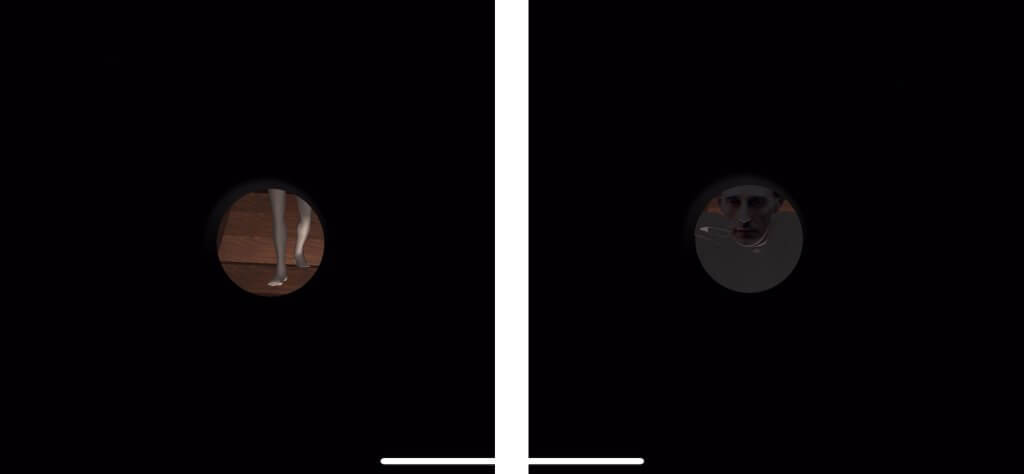
Looking through the peephole, you see a 3D model of a nude Marcel Duchamp walking down the stairs and peering at you through the hole. This is a reference to the painting Nude Descending a Staircase, No. 2.
The chessboard floor and landscape beyond the hole are inspired by the posthumous work Étant donnés.
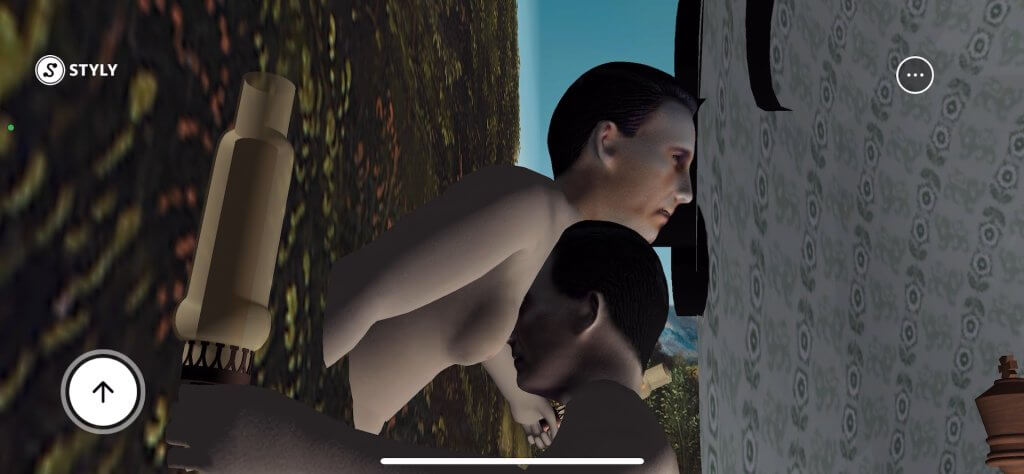
The main motif of a naked woman and a gas lamp has been replaced by a 3D model of Marcel Duchamp himself.
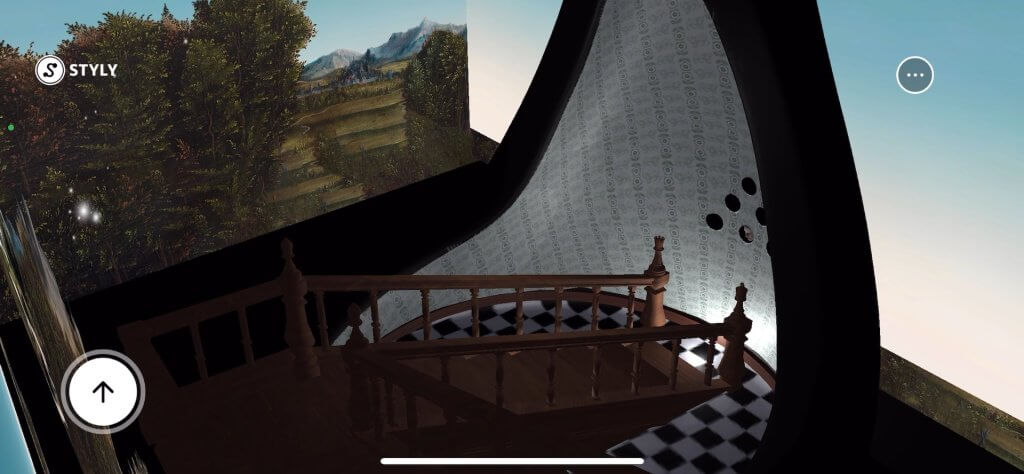
As you climb the main staircase and look down at the view, you will notice that the holes in the toilet bowl are from the title you saw at the very beginning. Needless to say, this pays homage to Duchamp’s masterpiece Fountain, combined with his other works. You can see the artist peeking in from the other side of the bowl.
Duchamp Meets Duchamp
In Given: Marcel Duchamp, mifuku considers the VR world to be the ultimate “retinal” expression.
When we perceive the outside world, external stimuli reach our retina, which are then processed in our brain to recreate the reality we perceive. In other words, our perceived reality is based on the information that we see through our eyes.
Duchamp was critical of stimuli of the retina in his work, but in VR, the world is perceived based on retinal stimulation, and only then can the virtual space be recognized.
However, this space is different from reality and we cannot physically be exposed to it. By immersing ourselves in such a virtual space, we are able to have new experiences that are beyond the scope of retinal representation. It is an experience in which our visual perception of the world influences our other perceptions, and even our physicality is reproduced.
Contemporary art represented by Duchamp is the exploration of contemporary society and the concept of art itself, using different means of expression than traditional art. Today, VR technology allows us to explore even more forms of expression that differ from our everyday perceptions, and mifuku’s Given: Marcel Duchamp attempts to show us new possibilities for expression by recapturing the ideas of Duchamp.
How to Experience a VR Scene
If you are accessing this page from a smartphone, tap the “Try Now” button.
If you are using STYLY for the first time, please also refer to the instructions below.
After tapping “Try Now,” you will be redirected to a page like below.
If you have already downloaded the STYLY Mobile app, select “Activate in STYLY app.”
If you have an HMD device, select “Experience in VR” from your PC web browser.
Download the STYLY Mobile app
Download the Steam version of STYLY app:
https://store.steampowered.com/app/693990/STYLYVR_PLATFORM_FOR_ULTRA_EXPERIENCE/
Download the Oculus Quest version of STYLY app:
https://www.oculus.com/experiences/quest/3982198145147898/
For those who want to know more about how to experience the scene:
For more information on how to experience VR scenes, please refer to the following article.
Edited by SASAnishiki
Translated by cpnnn

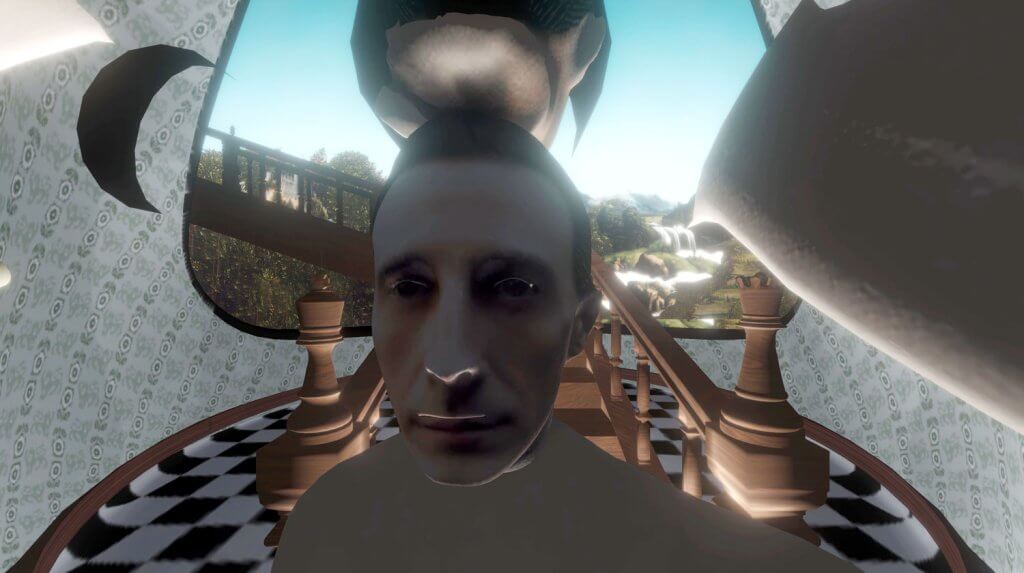
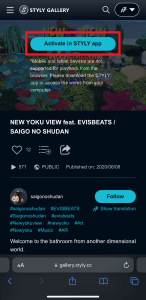


![[Summary] How to experience STYLY scenes VR/AR(Mobile) / Web Browser Introduction by step](https://styly.cc/wp-content/uploads/2020/04/スクリーンショット-2020-04-10-12.53.04-160x160.png)